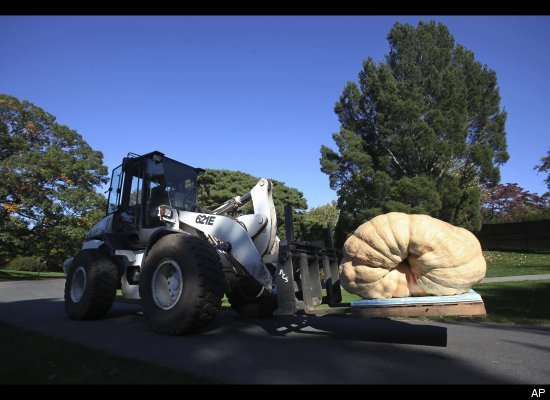
Traditionally, a Haggis is made from the lung, liver, and heart of the sheep. These are mixed with oatmeal and a few spices and stuffed into the sheep's stomach. After being boiled, the Haggis is brought to the table with a great deal of ceremony. A piper ushers in the Haggis and all raise a glass of Scotch whiskey and "brrreath a prrayerr for the soul of Rrrobbie Burrrns!" It is then served with "neeps and nips," mashed turnips and nips of whiskey. I think you have to drink a lot of Scotch before you can truly enjoy this dish, but a party of Scots without a Haggis is simply not heard of. Do try this at home...
Ingredients:
Set of sheep's heart, lungs and liver
One beef bung
3 cups finely chopped suet
One cup medium ground oatmeal
Two medium onions, finely chopped
One cup beef stock
One teaspoon salt
½ teaspoon pepper
One teaspoon nutmeg
½ teaspoon mace
Method:
Trim off any excess fat and sinew from the sheep's intestine and, if present, discard the windpipe. Place in a large pan, cover with water and bring to the boil. Reduce the heat and simmer for an hour or possibly longer to ensure that they are all tender. Drain and cool.
Some chefs toast the oatmeal in an oven until it is thoroughly dried out (but not browned or burnt!)
Finely chop the meat and combine in a large bowl with the suet, oatmeal, finely chopped onions, beef stock, salt, pepper, nutmeg and mace. Make sure the ingredients are mixed well. Stuff the meat and spices mixture into the beef bung which should be over half full. Then press out the air and tie the open ends tightly with string. Make sure that you leave room for the mixture to expand or else it may burst while cooking. If it looks as though it may do that, prick with a sharp needle to reduce the pressure.
Place in a pot and cover with water. Bring to the boil and immediately reduce the heat and simmer, covered, for three hours. Avoid boiling vigorously to avoid bursting the skin.
Some people like to pour a little whisky over their haggis! Don't go overboard on this or you'll make the hggis cold. Enjoy!
 The 2009 world record breaker was Christy Harp with a 1,725 pound pumpkin. The new world record beat it by a whopping 85 pounds!
The 2009 world record breaker was Christy Harp with a 1,725 pound pumpkin. The new world record beat it by a whopping 85 pounds!















